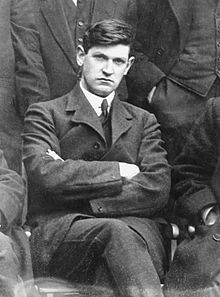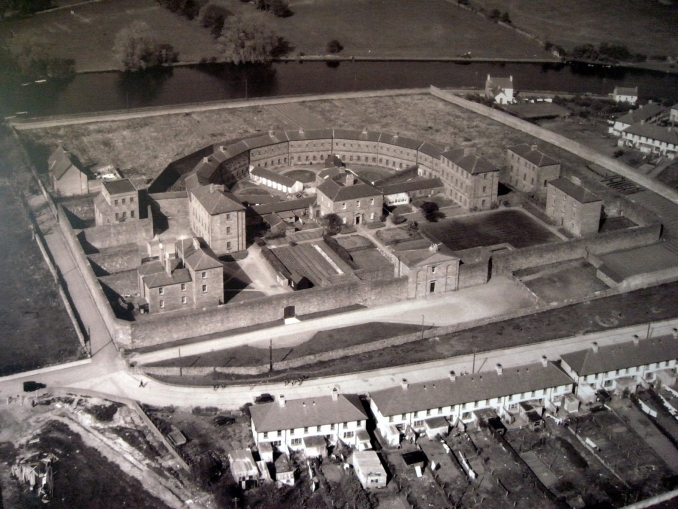Potential of 'dark tourism' could benefit Sligo Gaol in Ireland
Dark tourism can be defined as tourism involving travel to places historically associated with death, suffering and tragedy. One such place hoping to take advantage of the increasing trend towards 'dark tourism' is Sligo Prison (Irish: Príosún Shligigh) in Connaght (Connacht) in the west of Ireland. This weekend the Friends of Sligo Gaol, hosted a conference on Crime and Punishment in 19th and 20th Century Ireland to mark the gaol's bicentenary. The voluntary community group has been working for a number of years to promote the gaol as an important part of Sligo's heritage. They are campaigning for its conservation and re-opening to the public.
The prison was open from 1818 to 1956 and certainly has a dark history. Male and female prisoners were held there. Male inmates in the prison were forced to undertake hard labour. A number of hangings were undertaken. It has also had some notable inmates. In 1918 Michael Collins was imprisoned in Sligo after making an anti-conscription speech in Longford. Michael Collins (Irish: Mícheál Ó Coileáin; 16 October 1890 – 22 August 1922) was an Irish revolutionary, soldier and politician who was a leading figure in the early-20th-century Irish struggle for independence. Michael Davitt (Irish: Mícheál Mac Dáibhéid; 25 March 1846 – 30 May 1906) was also imprisoned in Sligo. He was an Irish republican and agrarian campaigner who founded the Irish National Land League. Another famous prisoner was Frank Carty (3 April 1897 – 10 September 1942) who was a leader of the Irish Republican Army (IRA) in the fight with the Black and Tans in the Irish War of Independence. Famously he was rescued from Sligo Gaol on 26 June 1920, when a party group of approximately 100 volunteers from the Irish Republican Army undertook a raid on Sligo Gaol.







